Canoe Fishing with Kids: Safe, Fun, and Rewarding
Getting out on the water with children creates memories that last a lifetime. Canoe fishing combines the serenity of paddling quiet waters with the excitement of catching fish, making it an ideal family activity. When done with proper preparation and safety measures, introducing kids to canoe fishing can foster their love for nature, build confidence, and create meaningful connections. This guide will walk you through everything you need to know to make your canoe fishing adventures with children safe, enjoyable, and rewarding for everyone involved.
Understanding the Benefits of Canoe Fishing with Children
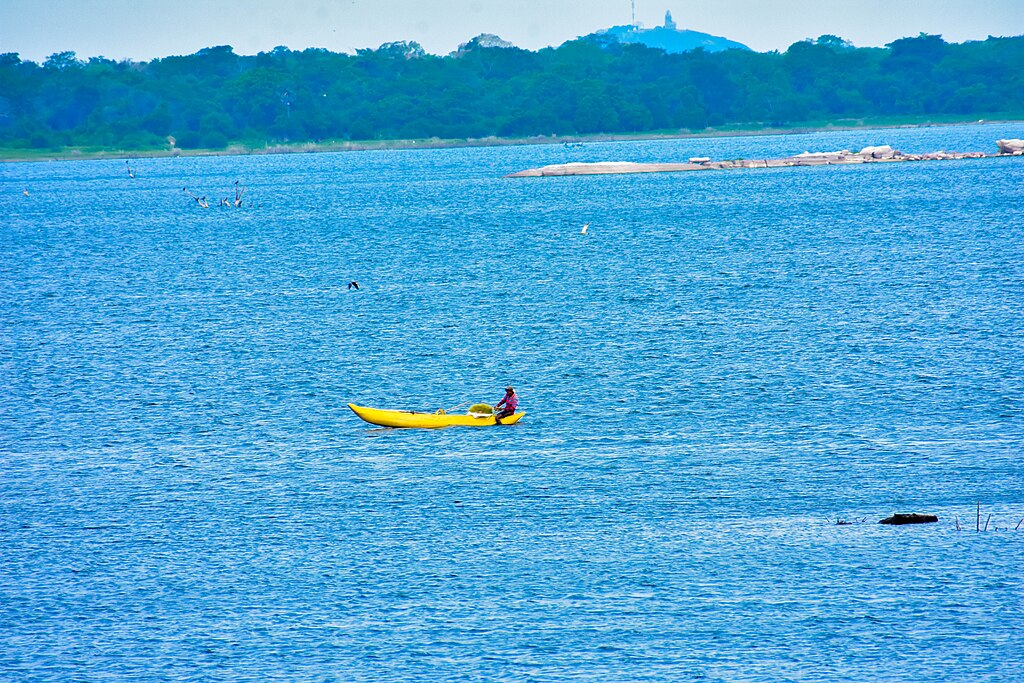
Canoe fishing offers unique advantages that make it particularly suitable for family outings with children. Unlike motorized boats, canoes provide a quiet, gentle experience that allows kids to connect with nature at a slower pace. The activity combines multiple skills—paddling, balance, patience, and fishing techniques—giving children opportunities to develop various abilities in one enjoyable setting. Research shows that outdoor activities like fishing help reduce stress and anxiety in children while improving focus and attention spans. Furthermore, the shared experience creates valuable bonding time where conversations flow naturally and memories are formed away from screens and digital distractions.
Choosing the Right Canoe for Family Fishing
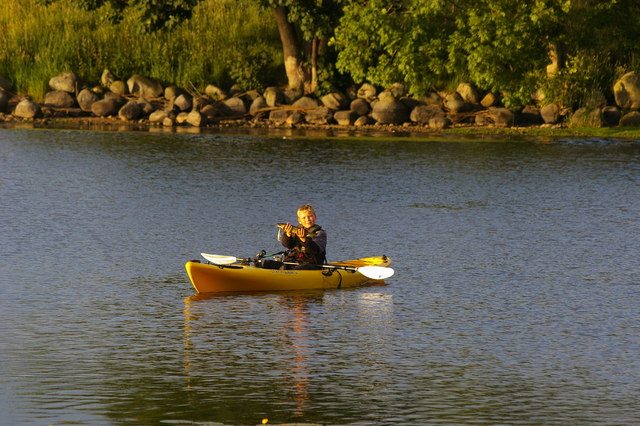
Selecting an appropriate canoe makes a significant difference in your family fishing experience. For fishing with children, stability should be your top priority, so look for wider, flat-bottomed canoes with good initial stability. A 16-17-foot canoe typically offers the ideal balance between maneuverability and stability for an adult with 1-2 children. Consider canoes with center seats or special child seating options that keep young ones secure and comfortable. Materials matter too—while aluminum canoes are durable and affordable, they can become uncomfortably hot in summer sun, whereas fiberglass or polyethylene options might provide more comfort. Before purchasing, try renting different models to determine which design works best for your family’s specific needs and fishing style.
Essential Safety Precautions
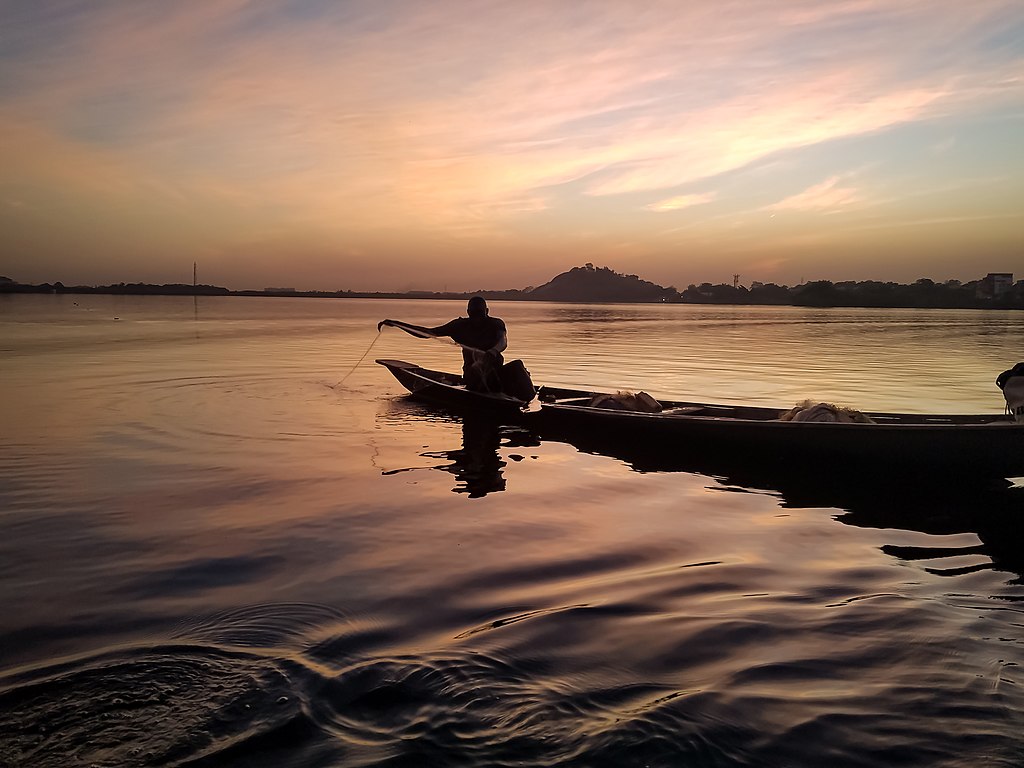
Safety must always be the foundation of any water activity with children. Properly-fitted, Coast Guard-approved personal flotation devices (PFDs) are non-negotiable for everyone in the canoe, regardless of swimming ability or water depth. Establish and practice clear rules before heading out, such as staying seated while the canoe is moving, keeping hands inside the gunwales, and listening to instructions promptly. Weather conditions require careful attention—check forecasts before departing and be prepared to cancel or cut trips short if conditions deteriorate or storms approach. Create a float plan detailing your intended route and expected return time, leaving it with a trusted person who can alert authorities if you don’t return as scheduled. Remember that children’s safety awareness develops gradually, so adult supervision must remain vigilant throughout the entire outing.
Age-Appropriate Expectations and Responsibilities
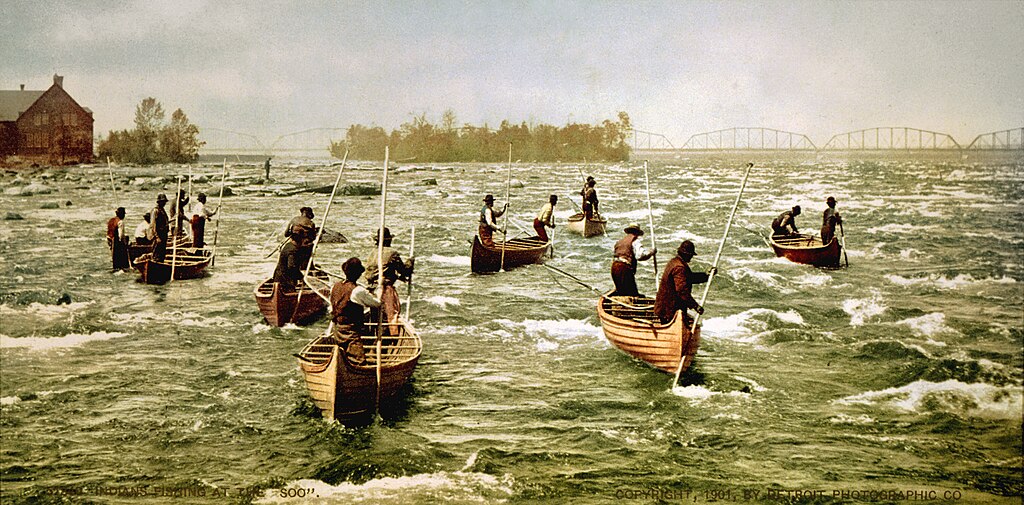
Understanding developmental stages helps create successful fishing experiences tailored to children’s abilities. Preschoolers (ages 3-5) typically enjoy short trips with frequent breaks, simple tasks like holding a rod with assistance, and celebrating small achievements like spotting wildlife. Elementary-aged children (6-9) can learn basic paddling techniques, help with simple gear management, and begin developing independent fishing skills with appropriate equipment. Older children (10+) often thrive with increased responsibility, such as planning trip routes, helping younger siblings, or mastering more advanced fishing techniques. Regardless of age, match trip duration to attention spans—starting with shorter outings and gradually extending time on water as children’s interest and stamina develop. Remember that forcing participation beyond a child’s interest or ability level often creates negative associations rather than fostering enthusiasm.
Kid-Friendly Fishing Gear Essentials
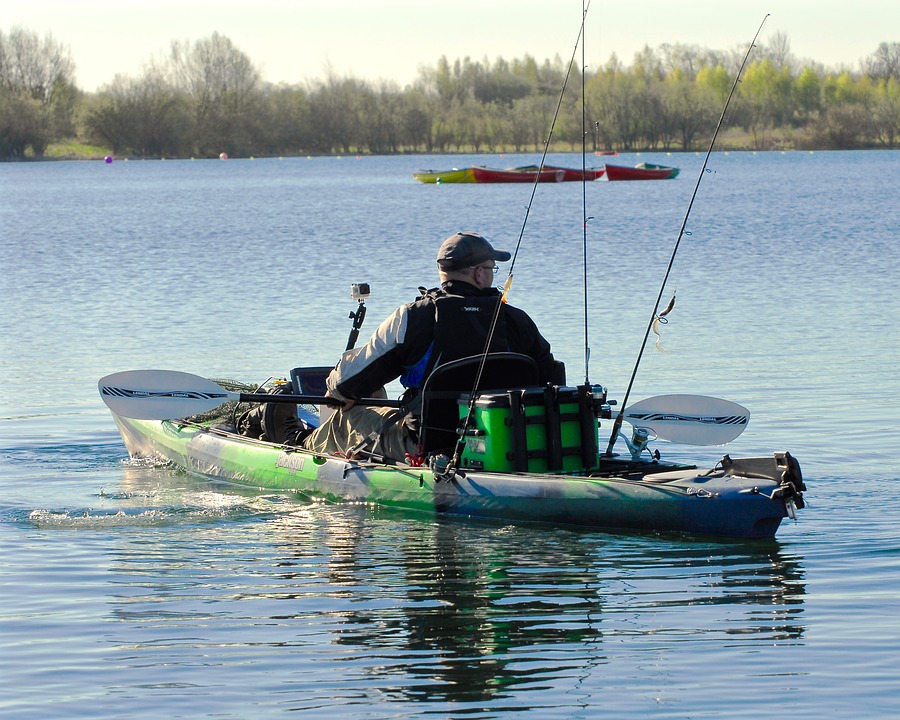
Selecting appropriate fishing equipment for children significantly impacts their enjoyment and success on the water. Child-sized rods measuring 3-4 feet with simple push-button or spincast reels provide easier handling and reduce frustration for beginners. Pre-tied hooks and weights eliminate complicated rigging, allowing kids to focus on the fun aspects of fishing rather than technical details. Consider using barbless hooks or crushing barbs on standard hooks for safer handling and easier release of caught fish. Tackle organization becomes particularly important in a canoe’s limited space—small tackle boxes with secure latches prevent spills while keeping essential gear accessible. Remember that quality matters even for children’s equipment; avoid the cheapest “toy” fishing sets that break easily and instead invest in basic but functional gear that performs reliably and grows with their developing skills.
Planning the Perfect Location
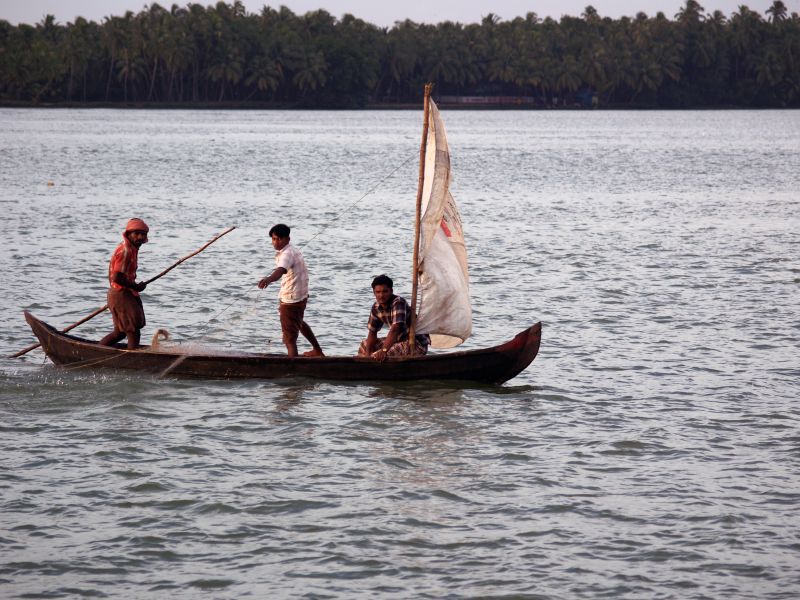
The fishing location you choose can make or break your family canoe fishing experience. Ideal beginner destinations include small, sheltered lakes with minimal boat traffic, calm water conditions, and abundant shoreline access for breaks. Research locations with reliable catches of easy-to-target species like bluegill, perch, or small bass that provide frequent action to maintain children’s interest. Consider practical amenities like accessible launch points, nearby restrooms, and designated picnic areas for comfortable breaks. Many state parks and county recreation areas maintain family-friendly fishing areas specifically designed with younger anglers in mind. Before committing to a full-day adventure, consider scouting potential locations without children first to identify potential hazards, gauge difficulty levels, and determine if the setting matches your family’s abilities and interests.
Teaching Basic Canoe Skills to Children

Building foundational canoe skills helps children feel confident and contributes to everyone’s safety and enjoyment. Begin instruction on land, demonstrating proper seating position, paddle grip, and basic paddle strokes before ever putting the canoe in the water. Practice entering and exiting the canoe safely from shore or dock, emphasizing the importance of keeping a low center of gravity and maintaining three points of contact. For initial on-water practice, choose extremely calm, shallow areas where children can experiment with paddle techniques without consequence. Use simple, consistent terminology for instructions, avoiding technical jargon that might confuse young paddlers. Remember that mastery comes gradually—celebrate small improvements rather than expecting perfection, and incorporate paddling games like “follow the leader” or “paddle tag” to make skill development enjoyable rather than tedious.
Making Fishing Fun and Educational
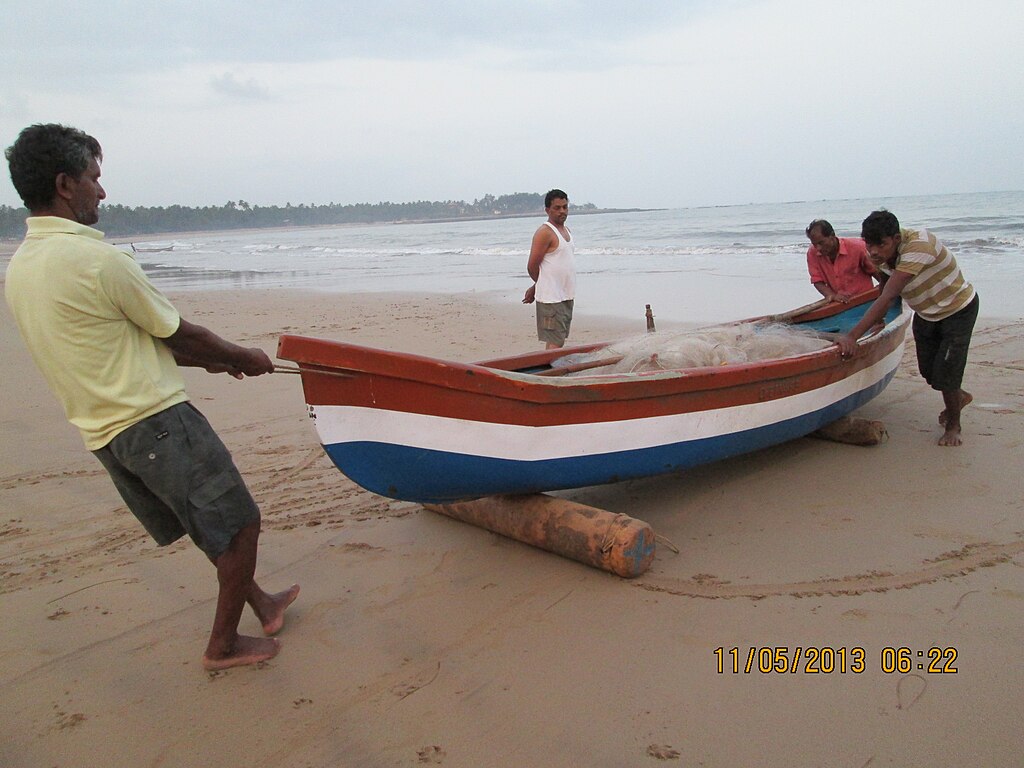
Maintaining children’s enthusiasm requires balancing fishing instruction with playfulness and discovery. Create simple games like “species bingo,” where kids mark cards when different fish are caught, or award points for spotting various wildlife along shorelines. Use the waiting time between catches to explore other aspects of aquatic ecosystems—examining insects near the water, identifying bird species, or discussing how weather affects fish behavior. Bring magnifying glasses or small containers to temporarily examine interesting finds like unusual plants or water creatures. Take frequent breaks to swim, explore shorelines, or enjoy snacks, understanding that continuous fishing often exceeds young attention spans. Consider bringing waterproof field guides appropriate to your region, helping children connect their observations to broader scientific understanding and fostering a deeper appreciation for the natural world beyond just catching fish.
Essential Gear and Supplies Beyond Fishing Equipment

Proper preparation with non-fishing items ensures comfort and addresses inevitable challenges during your outing. Pack weather-appropriate clothing, including extra layers, rain gear, and sun protection (hats, sunglasses, and reef-safe sunscreen) to keep everyone comfortable regardless of changing conditions. Bring abundant healthy snacks and plenty of water in insulated containers to maintain energy and hydration throughout the day. Prepare for emergencies with a basic first aid kit, including treatments for minor cuts, insect bites, and allergic reactions. A dry bag containing towels, complete changes of clothes, and waterproof phone cases protects essentials from inevitable splashes or spills. Consider child-specific comfort items like cushions for hard canoe seats, fingerless gloves to prevent blisters, and small binoculars that make wildlife spotting more engaging while waiting for fish to bite.
Managing the Challenges of Canoe Fishing with Kids

Even with careful planning, challenges inevitably arise when combining children, water, and fishing. Prepare strategies for common issues like restlessness during slow fishing periods—bringing quiet activities such as waterproof card games or nature journals can provide welcome diversions without disrupting the fishing experience. Develop clear procedures for handling “bathroom emergencies” based on your fishing location and available facilities. Establish guidelines for managing disappointment if fish aren’t biting or a prized catch gets away, emphasizing that fishing success involves many factors beyond our control. Weather changes require flexible thinking—having backup plans for shortened trips or alternative sheltered locations allows you to adapt rather than cancel outings entirely. Remember that maintaining a positive, solution-focused attitude during challenges teaches children valuable resilience skills that extend far beyond fishing.
Practicing Ethical Fishing and Conservation
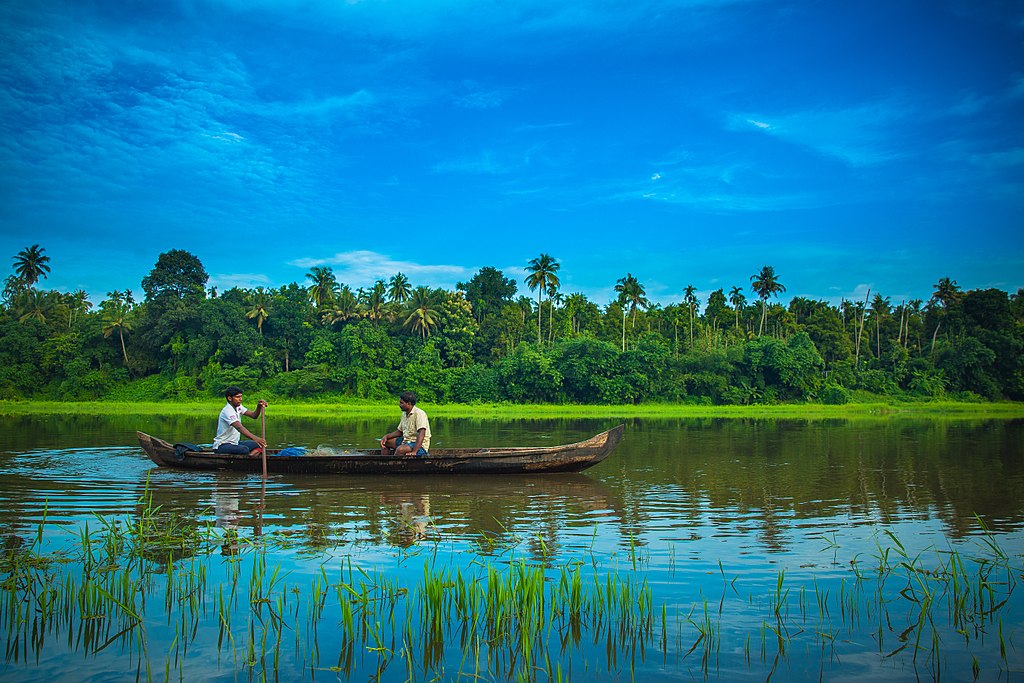
Canoe fishing provides perfect opportunities to instill environmental values and ethical fishing practices in the next generation. Teach proper catch-and-release techniques, including wet hands before handling fish, minimizing time out of water, and gentle release methods that protect fish for future anglers. Discuss fishing regulations in age-appropriate ways, explaining why size and catch limits exist to preserve fish populations for everyone to enjoy. Make “leave no trace” principles a natural part of your outings by consistently packing out all trash and leaving shorelines cleaner than you found them. Encourage children to become environmental stewards by participating in shoreline cleanup activities or citizen science projects that monitor water quality or invasive species. These conversations about conservation responsibility come naturally during quiet moments on the water and help children develop a lifelong ethic of environmental care.
Capturing and Preserving Memories
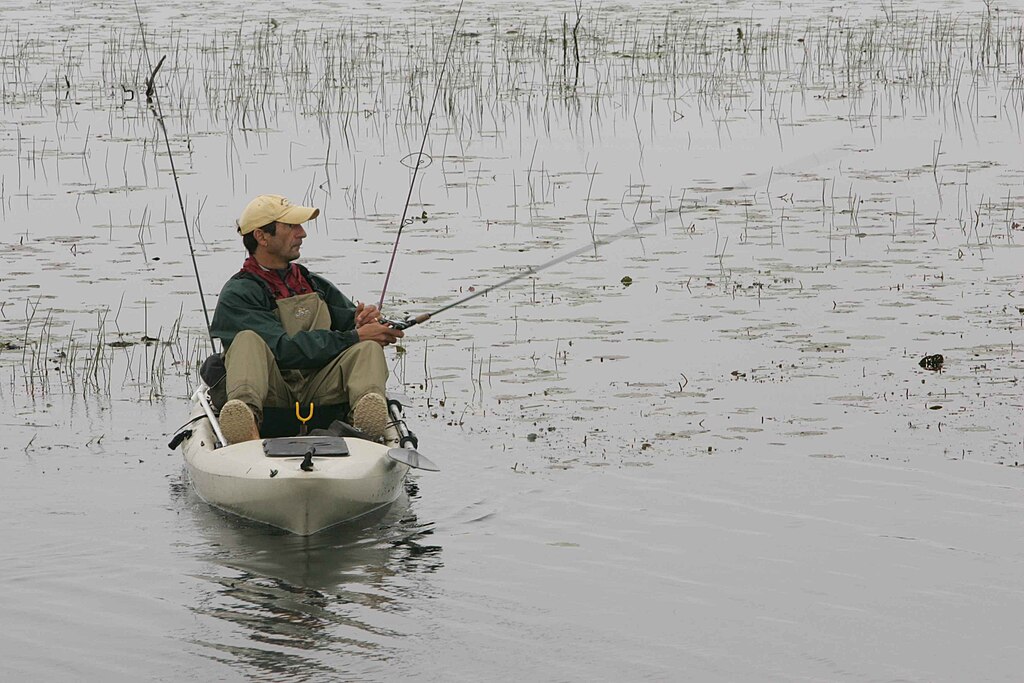
The memories created during family canoe fishing trips deserve thoughtful preservation. Consider waterproof or disposable cameras that children can operate themselves, allowing them to document the adventure from their unique perspective. Create simple fishing journals where kids record catches, observations, and feelings about each trip—these become treasured records of growth and experiences over time. Collect small natural souvenirs like interesting (non-living) items found along shores that can become part of memory boxes or displays at home. Establish traditions like special celebrations for first catches or annual trips to favorite locations that become anticipated family rituals. These documented memories not only preserve childhood experiences but often inspire children to continue outdoor traditions with their own families in future generations.
Progressing to More Advanced Adventures

As children develop skills and confidence, gradually expand your canoe fishing horizons with more challenging experiences. Consider overnight canoe camping trips that combine fishing with the adventure of sleeping outdoors, starting with established campgrounds before attempting more remote backcountry experiences. Explore diverse waterways beyond lakes, such as slow-moving rivers or protected coastal areas that offer different fishing opportunities and environmental learning. Introduce specialized fishing techniques like fly fishing or targeting specific game species as skills and interests develop. Involve older children in increasingly sophisticated trip planning, allowing them to research locations, suggest equipment, or take leadership roles during outings. This progressive approach to expanding adventures keeps the experience fresh and challenging while building on established skills and confidence.
Conclusion
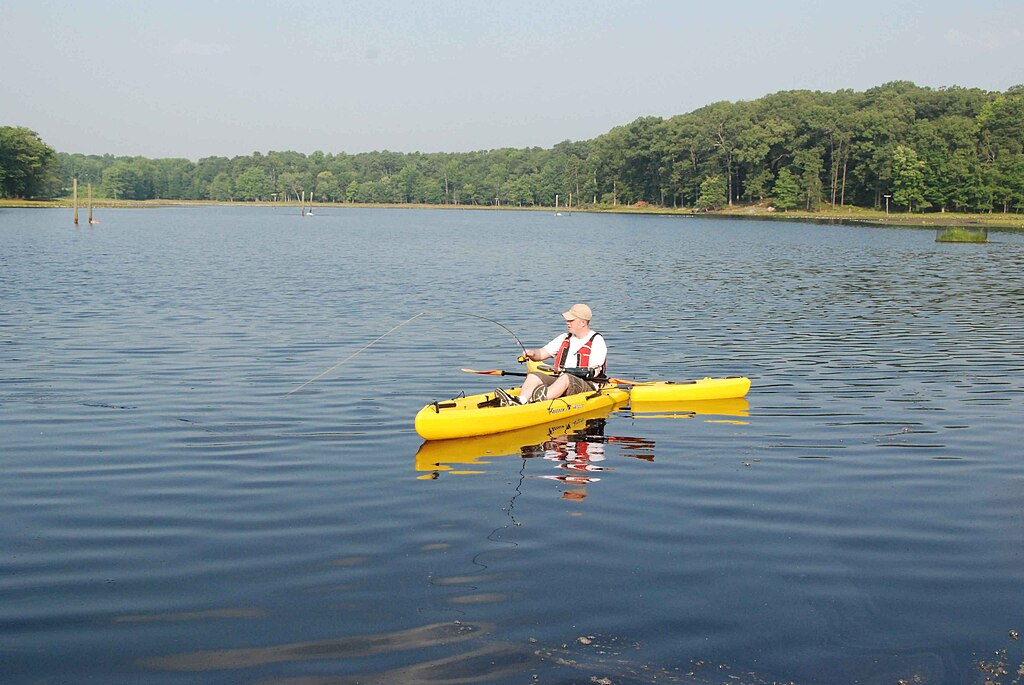
Canoe fishing with children offers far more than just the opportunity to catch fish. It creates a framework for meaningful connection, skill development, and environmental appreciation that can shape children’s values and interests for a lifetime. By approaching these adventures with proper preparation, realistic expectations, and a focus on enjoyment rather than fishing achievement, families create experiences that transcend ordinary recreation. The quiet moments in a canoe—watching an osprey dive, feeling the gentle rock of waves, or sharing whispered observations with an excited child—often become the memories that both parents and children treasure most. As you embark on your family canoe fishing journey, remember that success isn’t measured by the size of the catch but by the joy, wonder, and connection fostered along the way.
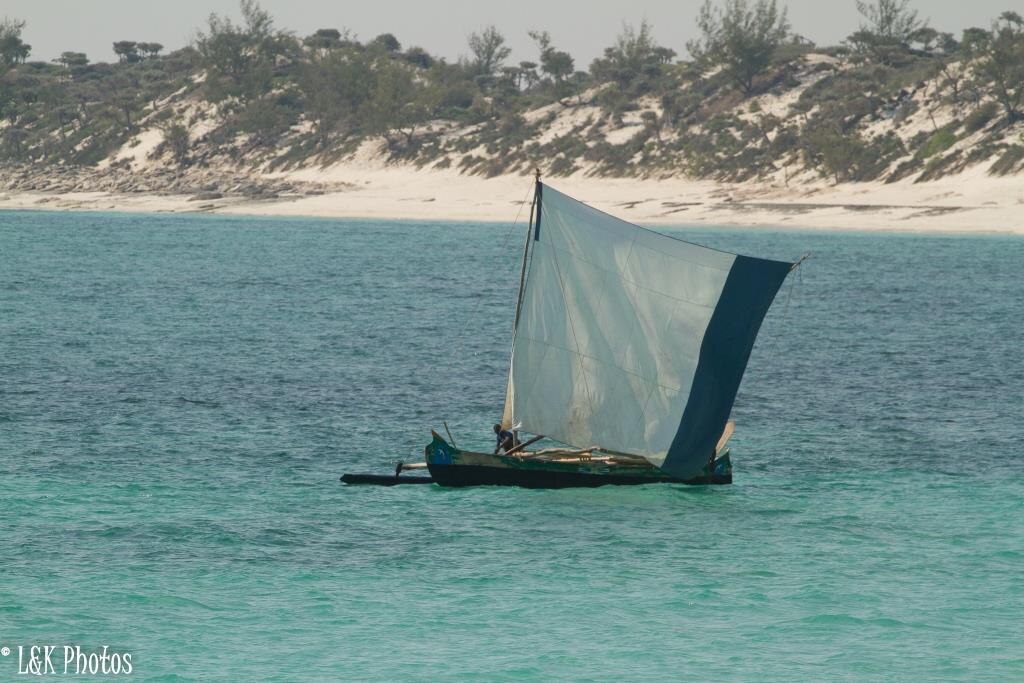

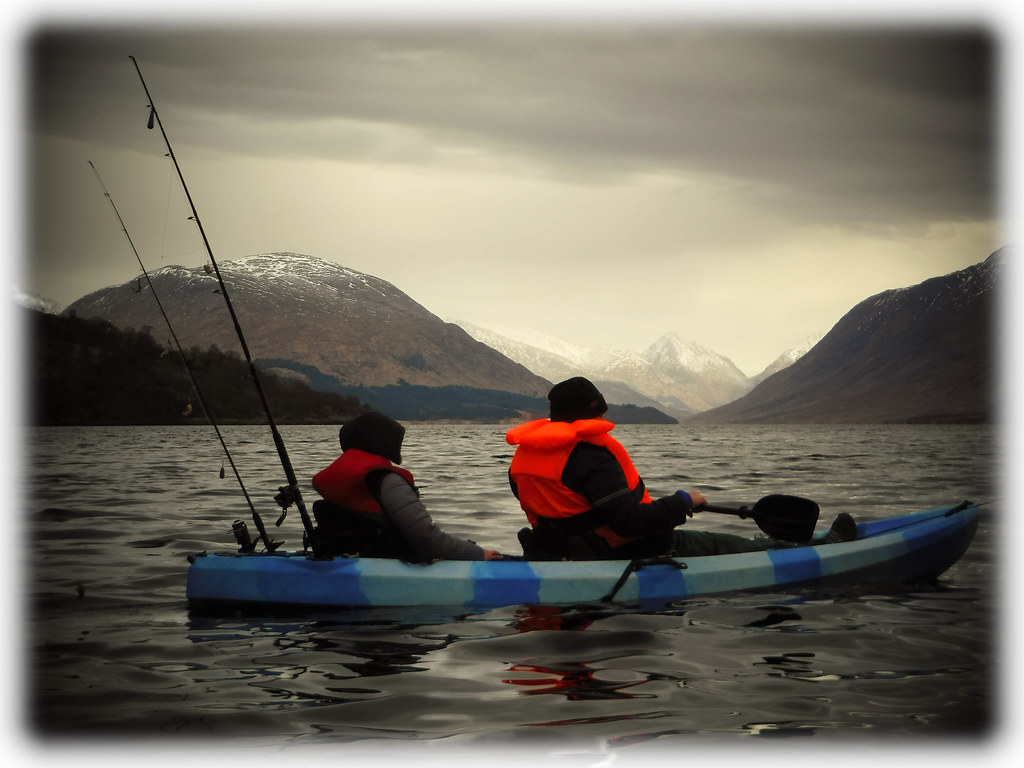











Post Comment